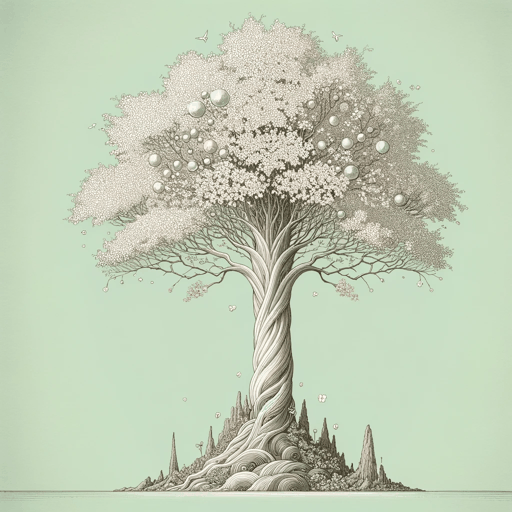28 pages • 56 minutes read
Oscar WildeThe Selfish Giant
Fiction | Short Story | Middle Grade | Published in 1888A modern alternative to SparkNotes and CliffsNotes, SuperSummary offers high-quality Study Guides with detailed chapter summaries and analysis of major themes, characters, and more.
Literary Devices
Setting
The setting where the action of “The Selfish Giant” takes place is the garden of the Giant’s countryside castle. The garden has significant symbolic value, thanks in part to its biblical overtones: In its beauty and peacefulness, the Giant’s garden recalls the Garden of Eden in the Bible, from which God banishes the first humans. However, Wilde flips the biblical narrative on its head in that it is the act of banishing—the Giant’s expulsion of the innocent children—that is sinful and wrong.
The garden is also very much connected to its inhabitants and reflects their morals. When it is full of innocent children, spring prevails, but when only the selfish Giant inhabits the garden, a harsh winter comes. As such, the garden acts as a tool of Divine Providence in Nature, rewarding and punishing those who deserve it. Perhaps most importantly, the setting of the garden symbolizes the prospective reward of eternal life in heaven, as the Christ-like boy directly compares it to paradise at the end of the story. Through this use of setting, Wilde suggests that his readers might obtain a similar reward if they, like 







Related Titles
By Oscar Wilde

An Ideal Husband
Oscar Wilde

A Woman of No Importance
Oscar Wilde

De Profundis
Oscar Wilde

Lady Windermere's Fan
Oscar Wilde
.webp&w=3840&q=75)
Lord Arthur Savile's Crime
Oscar Wilde

Salome
Oscar Wilde

The Ballad Of Reading Gaol
Oscar Wilde

The Canterville Ghost
Oscar Wilde

The Decay of Lying
Oscar Wilde

The Importance of Being Earnest
Oscar Wilde

The Nightingale and the Rose
Oscar Wilde

The Picture of Dorian Gray
Oscar Wilde

The Soul of Man Under Socialism
Oscar Wilde
